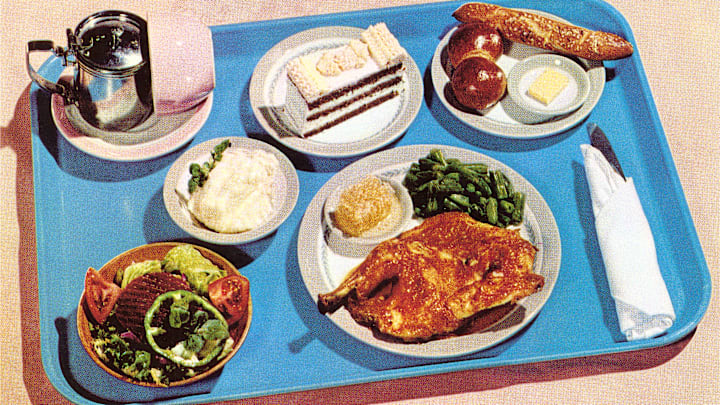The Power of Balanced Meals

Maintaining a balanced diet is one of the most effective ways to ensure your body gets the nutrients it needs. The key to balanced meals lies in variety and portion control. Each meal should ideally include a combination of macronutrients—proteins, fats, and carbohydrates—alongside plenty of micronutrients like vitamins and minerals.
Start by filling half your plate with vegetables and fruits. These are low in calories but rich in essential vitamins and fiber, which aid digestion and help you feel full longer. Aim to incorporate a variety of colors to maximize nutrient intake. Think of bright carrots, leafy greens, and vibrant berries.
Next, add a portion of lean protein to your plate. This could be poultry, fish, beans, or tofu. Protein is crucial for building and repairing tissues, and it also helps in making enzymes and hormones. Finally, include whole grains such as brown rice, quinoa, or whole-wheat bread. Whole grains provide energy through complex carbohydrates and are a good source of fiber.
It's also important to be mindful of portion sizes. Overeating, even healthy foods, can lead to weight gain and sluggishness. A simple rule of thumb is to keep proteins to a quarter of your plate, carbs to another quarter, and fill the rest with vegetables. And don't forget healthy fats! Avocados, nuts, and olive oil can be included in moderation.
By focusing on balanced meals, you create a sustainable eating pattern that nourishes your body and supports long-term health.